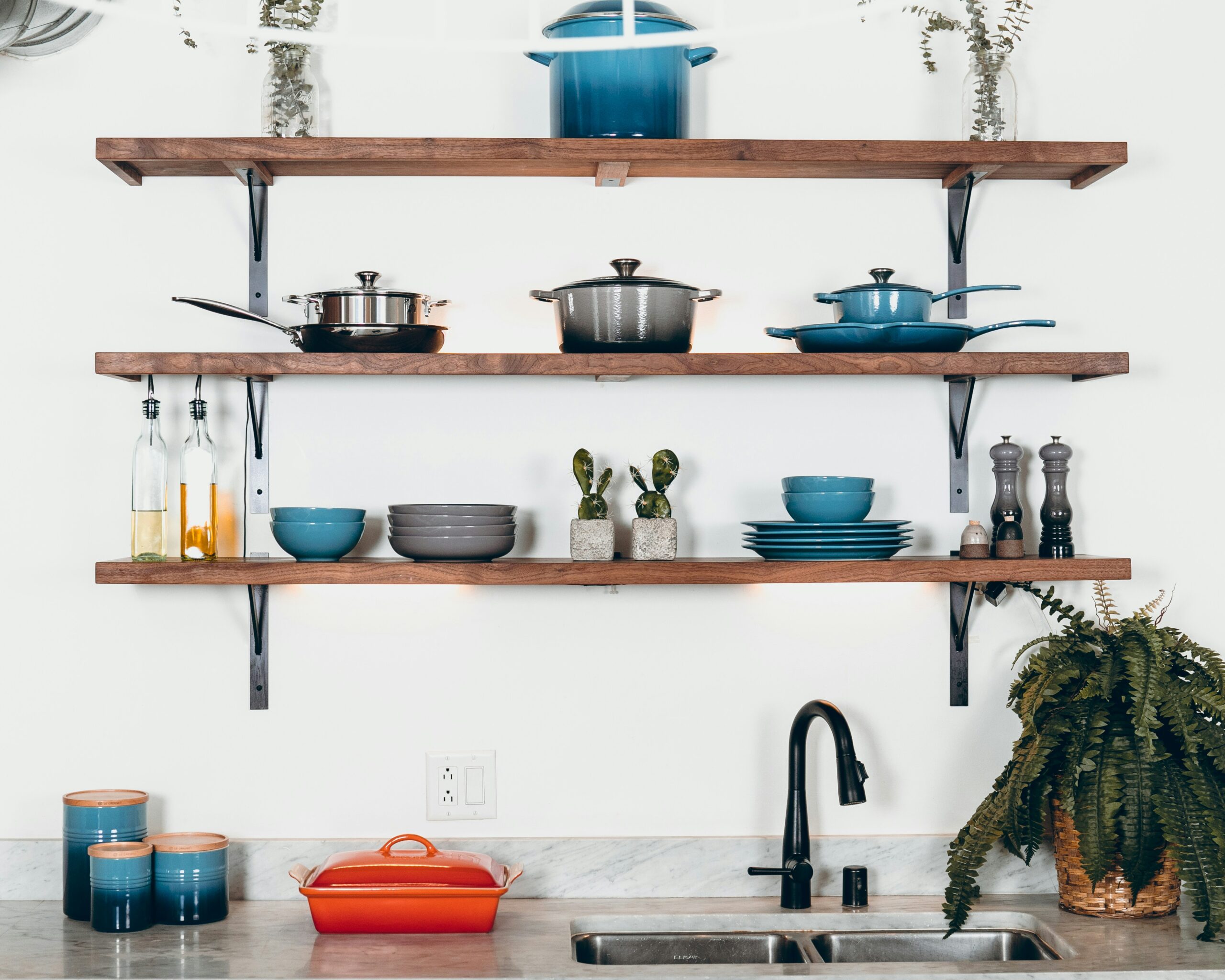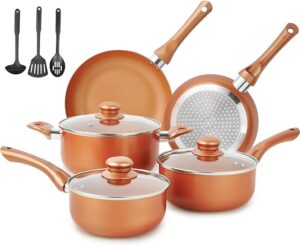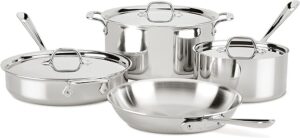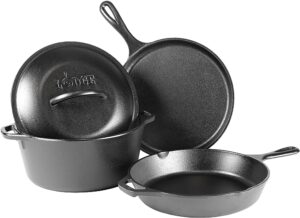The Science Behind Perfect Cooking (Part 3): Tips and Tricks for Using and Maintaining Your Cookware

Table of Contents
In the first two parts of our series, we explored how different cookware materials and designs affect your cooking. Now, let’s check out some practical tips on how to use and maintain your cookware to get the best performance and longevity from your pots and pans.
Using Your Cookware: Tips and Tricks in Cooking
1. Preheating: Don’t Skip This Step
- Why It’s Important: Preheating your cookware helps ensure that your food cooks evenly and doesn’t stick, especially with materials like stainless steel and cast iron.
- How to Do It: Place your pan on medium heat for a few minutes before adding oil or ingredients. A good test is to sprinkle a few drops of water on the surface—if they sizzle and evaporate quickly, your pan is ready.
2. Managing Heat: Finding the Sweet Spot
- Low and Slow: For delicate foods like eggs or fish, use low to medium heat to prevent burning and sticking.
- High Heat for Searing: For searing meats, crank up the heat. Ensure the pan is properly preheated to get a good crust without overcooking the inside.
3. Choosing the Right Utensils: Protecting Your Cookware
- Non-Stick Cookware: Use wooden, silicone, or plastic utensils to avoid scratching the non-stick coating.
You Can Order Your Own Ultra Non-Stick Copper Cookware Set Now
- Stainless Steel and Cast Iron: These materials can handle metal utensils, but be gentle to avoid damaging the surface.
You Can Order The Perfect Stainless Steel Cookware Set Now
Order The Perfect Cat Iron Cookware Set Now
Taking Care of Your Cookware: Maintenance Tips
1. Cleaning and Seasoning Cast Iron
- Cleaning: Avoid using soap and harsh scrubbing pads on cast iron. Instead, use hot water and a brush, or some coarse salt if needed. Dry the pan thoroughly to prevent rust.
- Seasoning: Regularly season your cast iron by applying a thin layer of oil and heating it until it forms a protective, non-stick coating. This helps maintain the pan and enhances its cooking performance.
Order The Perfect Cat Iron Cookware Set Now
2. Maintaining Non-Stick Surfaces
- Avoid High Heat: High temperatures can damage the non-stick coating, so stick to medium or low heat.
- Gentle Cleaning: Hand wash with mild soap and a soft sponge. Avoid abrasive cleaners and dishwashers unless the manufacturer specifies that it’s safe.
You Can Order Your Own Ultra Non-Stick Copper Cookware Set Now
3. Caring for Stainless Steel
- Preventing Stains and Discoloration: Use a non-abrasive cleaner and avoid leaving acidic or salty foods in the pan for too long. For tough stains, a paste of baking soda and water works wonders.
- Restoring Shine: Buff your stainless steel with a cleaner to keep it looking new. Dry it thoroughly to avoid water spots.
You Can Order The Perfect Stainless Steel Cookware Set Now
4. Aluminum Cookware
- Cleaning: Hand wash with warm soapy water. Avoid putting aluminum in the dishwasher as it can cause discoloration.
- Removing Stains: For stubborn stains, use a mixture of lemon juice and baking soda or vinegar and water.
5. Copper Cookware
- Cleaning: Copper tarnishes over time, so use a copper cleaner or a mixture of lemon juice and salt to restore its shine.
- Polishing: Regularly polish your copper cookware to maintain its appearance and performance.
You Can Order Your Own Ultra Non-Stick Copper Cookware Set Now
Smart Storage: Keeping Your Cookware Organized
1. Stacking and Nesting
- Protect Surfaces: If you stack your cookware, place a soft cloth or paper towel between pans to prevent scratching.
- Organize by Size: Nest similar-sized pots and pans together to save space and make them easier to find.
2. Hanging Storage
- Hooks and Racks: Hanging your pots and pans on hooks or racks can save cabinet space and keep your cookware easily accessible. Plus, it adds a nice touch to your kitchen decor.
3. Using Dividers
- Pan Protectors: Invest in pan protectors or use old dish towels to keep non-stick surfaces safe when storing them stacked.
More Tips for Longevity
1. Avoid Extreme Temperature Changes: Don’t put hot pans directly under cold water. This can warp the metal over time. Let them cool down before washing.
2. Regular Checks: Periodically check the screws on your pot handles and lids. Tighten them if they become loose to prevent accidents.
3. Replace When Necessary: Even the best cookware wears out eventually. If your non-stick coating is peeling or your pan is warped beyond repair, it’s time to invest in new pieces.
Cooking with Confidence
Understanding how to properly use and maintain your cookware can make a big difference in your cooking experience and results. By following these tips, you’ll ensure your pots and pans stay in great shape and serve you well for years to come. So, get cooking, and enjoy the process of creating delicious meals with your well-cared-for kitchen tools!
Read More:
Supreme Immersion Blenders: Top 5 Exciting Choices for 2024!
Cooking with Precision: 5 Best Digital Food Thermometers in 2024







